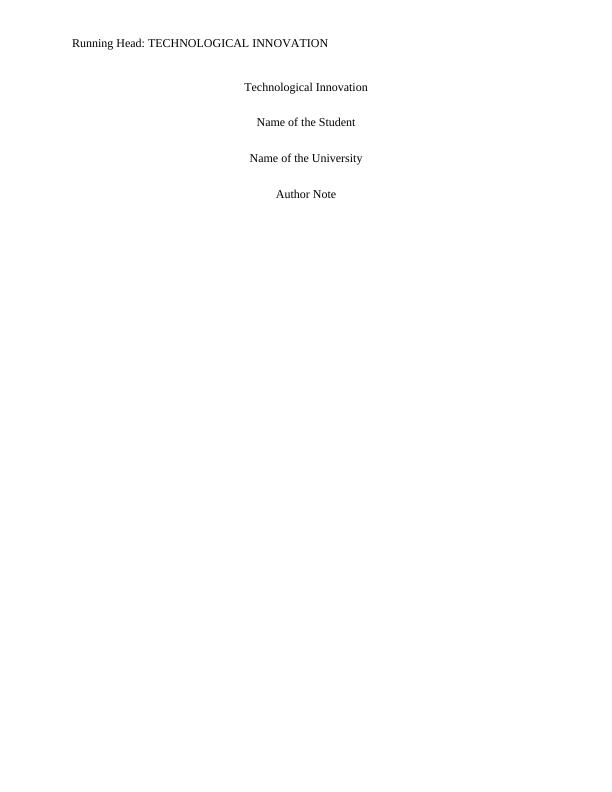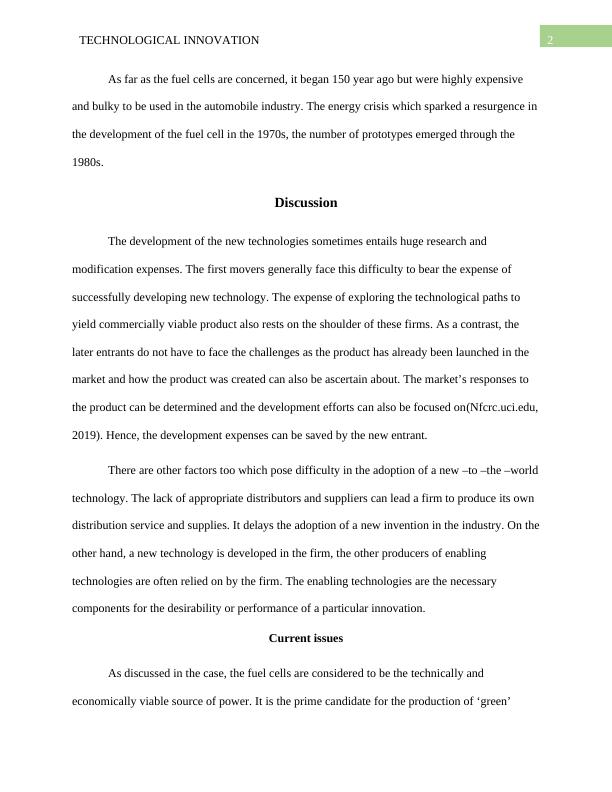Technological Innovation in the 21st century
The text discusses the advantages of being a later entrant in the market of technological innovation, including capitalizing on the research and development investment of first movers, fine-tuning products to customer needs, avoiding mistakes made by earlier entrants, and adopting newer and more efficient production processes.
Added on 2023-04-23
Technological Innovation in the 21st century
The text discusses the advantages of being a later entrant in the market of technological innovation, including capitalizing on the research and development investment of first movers, fine-tuning products to customer needs, avoiding mistakes made by earlier entrants, and adopting newer and more efficient production processes.
Added on 2023-04-23
End of preview
Want to access all the pages? Upload your documents or become a member.



